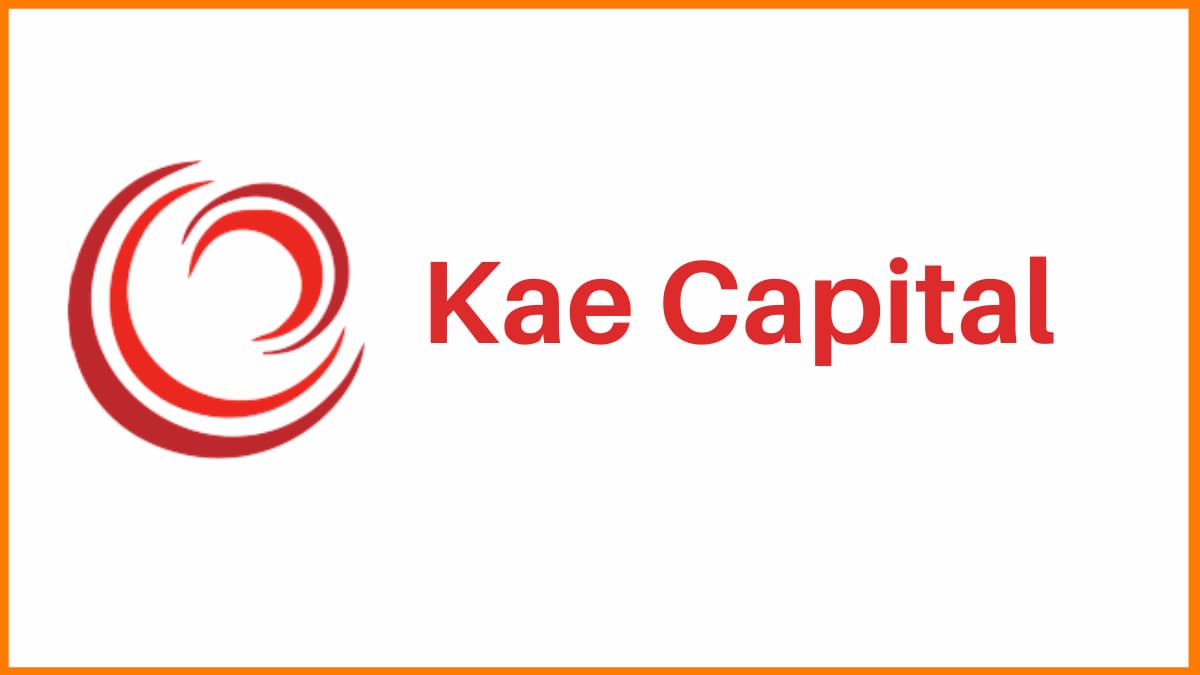A brand audit is the most important way to analyze your business. The position of your brand in the market determines the profit you will make. A proper brand audit helps you in getting familiar with your audience.
It helps you in understanding those areas of your business where you need to improve. There are various tools by which you can conduct a brand audit. However, before moving on with the steps which can help you do your brand audit, let’s understand what it is.
What Is A Brand Audit?
When And Why Is A Brand Audit Important?
How To Perform Brand Audit?
Step 1. Construct your framework
Step 2. Analyse your business
Step 3. Review your business’s social media reach
Step 4. Review your sales
Step 5. Interact with your audience and customers
Step 6. Know and analyze your competitor
Step 7. Plan and monitor your steps
Conclusion
FAQs
What Is A Brand Audit?
Before making any significant changes in your business, you need to know about fitful changes. You need to have proper knowledge about why these changes are necessary. Proper knowledge of the right and wrong techniques and strategies along with reasons is really helpful. If you lack this knowledge, the changes you would make may do harm rather than doing good.
However, a brand audit allows you to have a detailed analysis of such information. A brand audit is an analytical study that helps you in understanding and determining your position in the consumer market. It is generally a study of your brand and its strengths and weaknesses. It is essential if you wish to grow your business.
When And Why Is A Brand Audit Important?
You may ponder regarding why and when is a brand audit necessary. Well, when you see that the success rate of your business is falling, you need to conduct a brand audit. Suppose, you notice that your campaigns are less successful or your sales are falling. In such signs of weakened business moves, you need to perform a brand audit.
However, you can even perform brand audits if you looking forward to expanding and grow your business empire. Suppose you wish to launch a new product or you’re widening your reach. In such cases too, you can perform the brand audit.
During a brand audit, three main areas are looked upon. The first of them is internal branding, which refers to the values and motives of the company. The second is the external branding, which includes a logo and other display assets of the business. The third is the customer experience, which is the feedback of the customer.
How To Perform Brand Audit?
Most companies often hire brand agencies for conducting an audit of their brand details. However, you can even do it by yourself by following these steps:-
- Construct your framework
- Analyse your business
- Review your business’s social media reach
- Review your sales
- Interact with your audience and customers
- Know and analyze your competitor
- Plan and monitor your steps
Let’s discuss these steps in detail so that you can have diverse knowledge about these steps.
Step 1. Construct your framework
This is the first step to a proper brand audit. With the help of mind mapping, you need to analyze the various factors that affect your business. You need to answer the following questions:
1. What’s the niche of your business?
2. Are your products related to your niche?
3. Why customers choose you?
4. Why should customers choose you further?
5. Is your performance better in comparison to your competitors?
The answers will help you have a rough idea about your business and its strengths.
Step 2. Analyse your business
Before thinking of making changes, you need to understand the current status of your business. You need to overlook topics such as:
1. What’s the mission of your business?
2. What is your strategy of marketing?
3. What are your USPs?
4. Who is your target audience?
5. What is the current reach of your business?
When you have all these details about the present state of your business, you can move on to the third step.
Step 3. Review your business’s social media reach

The pillars of a business include its website, social media platforms, logo, and others. Your website and social media platforms are the first impressions of your impression. Hence, they should be properly constructed. They should be easily navigable and understandable. Besides these, your content and logo should even be friendly towards your customers. You need to review the following topics:
1. Is your website friendly to the customer?
2. Does it have the option of language conversion?
3. How does it rank in search engines?
4. Does the logo justify your company’s actions?
5. Is the tone of your conversation friendly?
6. Are your click rates higher?
7. Do you have enough reach on social media?
8. Are your products being recommended by influencers?
9. What’s the reaction of your customers?
A proper analysis of your business pillars will help you understand your business better. It will even help you understand your engagement rate and the reason behind it. Hence, it’s mandatory.
Step 4. Review your sales
Reviewing sales is necessary because it helps you to understand why some people didn’t turn into customers. You need to check up the following questions:
1. If your sales have dropped, then why?
2. Is your pricing rate unaffordable?
3. Are your competitors having better prices?
4. Is your brand not fulfilling the promises?
On having the answers to these questions, you will have detailed information on the strengths and downfalls of your business. However, this information is from your point of view.
Step 5. Interact with your audience and customers

Until this step, you had the details of your weaknesses from your side. However, you also need to have the customer’s point of view. This is far more important because you eventually have to serve your customers. You need to interact with your audience and customers. This can be best done by surveys and polls. You can know the exact sentiments of your customers which you can use to improve your reach.
Step 6. Know and analyze your competitor
Once you know your business, you need to look at your competitors. You need to observe the strategies used by them. You need to do the following things:
1. Track your competitor’s keywords
2. Monitor their links
3. Monitor their organic visibility
4. Audit backlinks and other data
Step 7. Plan and monitor your steps
Finally, you have reached the final step. You have gathered information about your business and brand. Now, you need to analyze this data while planning your next moves. You need to focus more on the moves of your competitors and plan accordingly.
After proper planning, you need to implement your ideas and plans. While implementing, you also need to check on the performance of your moves. Note down the changes you notice, and you are done with your brand audit.
Conclusion
People often hesitate to conduct a proper brand audit. This is because they are afraid to face the weaknesses of their own business. However, the sickness of your business can’t be solved if you don’t diagnose the issues.
Brand audit diagnoses the problems behind the staggering growth of your business. However, a brand audit isn’t an easy task. You need to be prepared for toiling hard to get the results. In addition to that, you even need to be honest with yourself and your business. Realize your flaws and work on them. It will pave the path to the success of your business.
FAQs
Why is brand audit important?
Brand audit helps a business to figure out its strengths and weaknesses. It helps in creating opportunities for improvement expand the business.
When should you do a brand audit?
Brand audit should be done whenever there are the changes in busines like:
- Changes in Market
- Changes in your product/service your business offer
- Changes in the customer demands
- Changes in competition















































